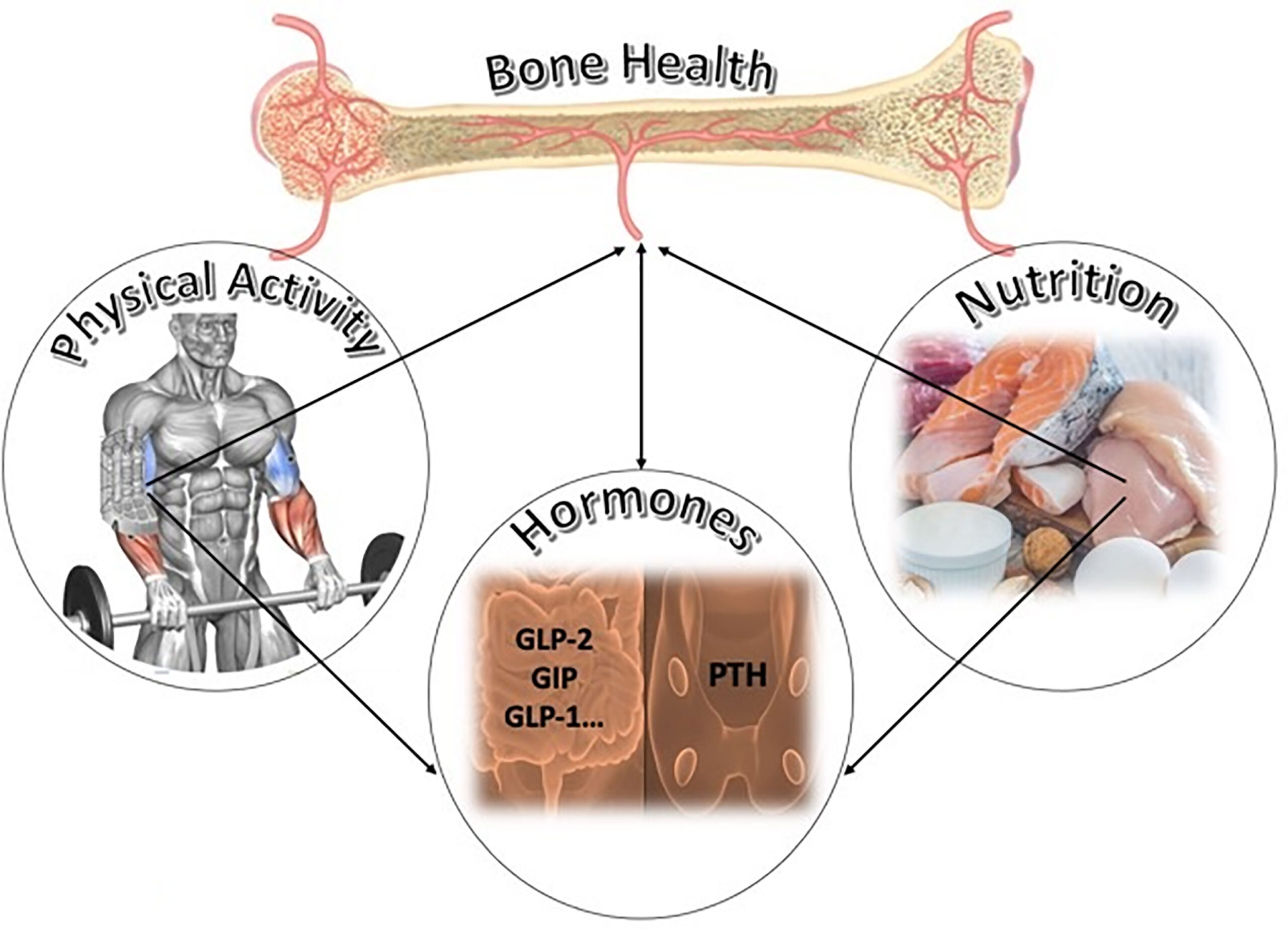Anemia: its causes,Symptoms and Treatment
Introduction:
Anemia is a common blood condition that affects millions of individuals globally. If untreated, anaemia can result in a number of health issues. This article will examine the causes, signs, and available treatments for anaemia, offering important information on how to properly manage this illness.
What is Anemia?
Anaemia is the result of either too few red blood cells in the body or improper functioning red blood cells. Red blood cells transport Oxygen from the lungs to the body’s tissues and organs. Red blood cells contain a protein called haemoglobin, which is essential for transporting oxygen throughout the body. Anaemia is a group of symptoms caused by a lack of red blood cells or haemoglobin, which can prevent the body from getting enough oxygen.
Causes of Anemia:
There are several factors responsible for the development of anemia. These include:
1. Iron Deficiency:
Iron deficiency, the most prevalent cause of anaemia globally, is caused by the body not having enough iron to make haemoglobin.
2. Vitamin Deficiencies:
Certain forms of anemia can result from inadequate consumption of vitamin B12, vitamin B9 (folate), or vitamin C.
3. Chronic Diseases:
Chronic kidney disease, inflammatory bowel disease, and cancer can all impair the body’s ability to produce red blood cells.
4. Blood Loss:
Anemia may impart due to excessive blood loss from menstruation, gastrointestinal bleeding, or injury.
5. Genetic Factors:
Certain people are born with genetic diseases such sickle cell anaemia or thalassemia, which impact the synthesis or composition of red blood cells.
Symptoms of Anemia:
Depending on the underlying cause and severity, anemia can present with a variety of symptoms. Typical indications and manifestations include of:
– Weakness and exhaustion – Pale complexion – Breathlessness – Lightheadedness or dizziness – Cold hands and feet
– An irregular pulse – Cephalalgia – Chest discomfort
Diagnosis and Treatment:
The diagnosis of anaemia often involves a physical examination, a review of medical history, and blood tests to measure haemoglobin levels and determine the underlying cause. Options for anaemia treatment could include:
1. Iron Supplements:
Iron supplements or dietary modifications to enhance iron intake may be advised for iron-deficiency anemia.
2. Vitamin Supplements:
Vitamin B12, folate, or C supplements may be recommended in situations of anemia caused by vitamin deficiencies.
3. Blood Transfusion:
Red blood cells may need to be restored by a blood transfusion in cases of severe anemia.
4. Medications:
In some cases of anaemia, doctors may give drugs such erythropoiesis-stimulating medicines to increase the synthesis of red blood cells.
5. Lifestyle Changes:
Changing one’s diet to include more iron-rich foods such leafy greens, lean meats, and fortified cereals can help control anemia.
Conclusion:
If left untreated, anaemia, a common blood condition, can significantly lower a person’s quality of life. Through knowledge of the causes, symptoms, and available treatments, people can effectively manage anaemia by being proactive in managing their condition. It’s critical to speak with a healthcare provider if you have symptoms that point to anaemia so they can properly diagnose you and provide tailored treatment advice. Anaemia is successfully treatable with the correct strategy and proper diet management.






Recent Comments